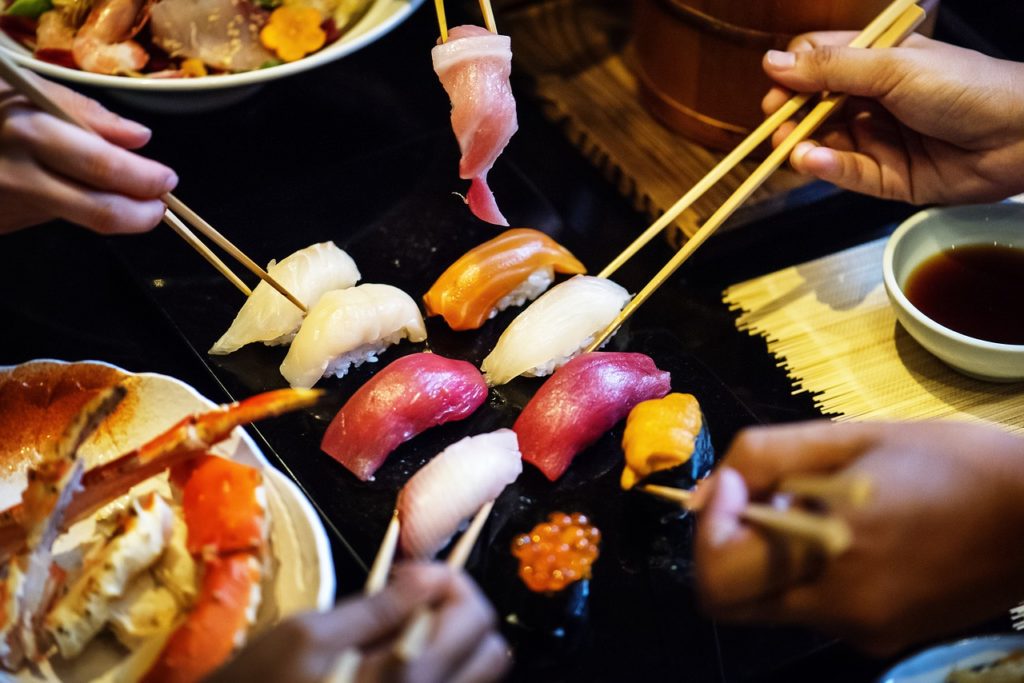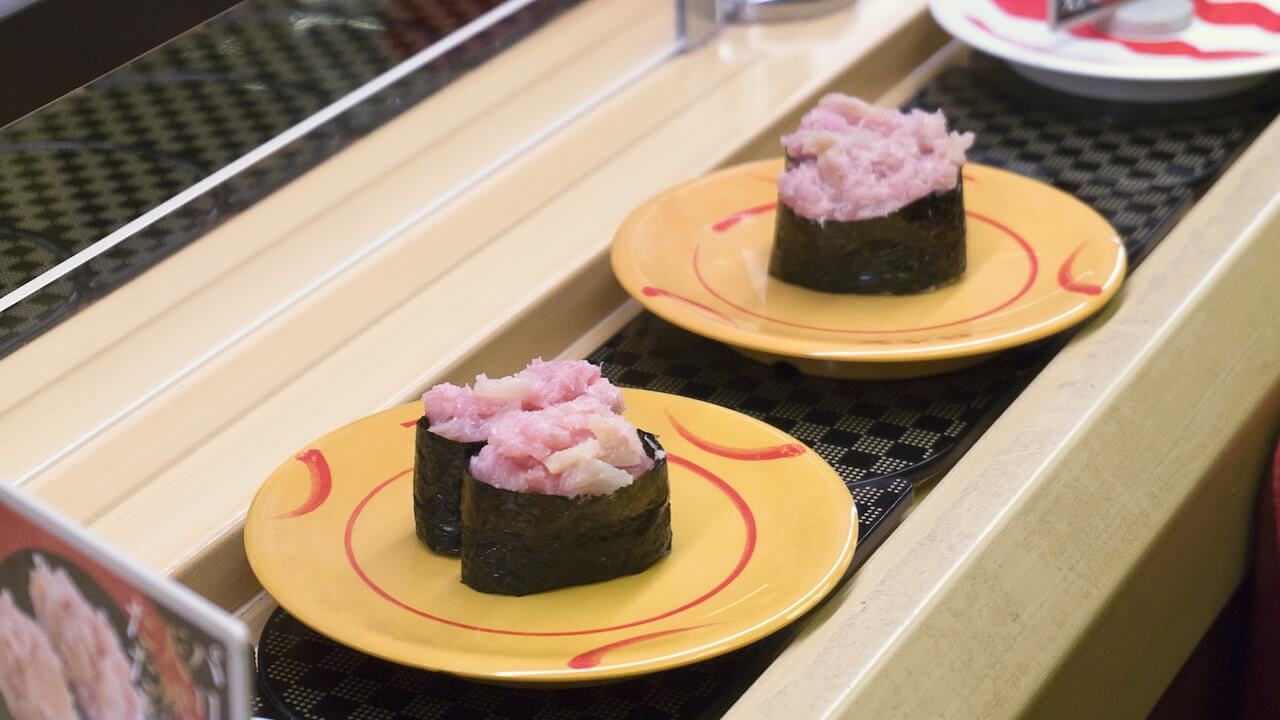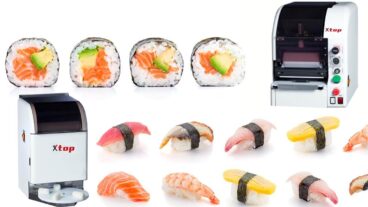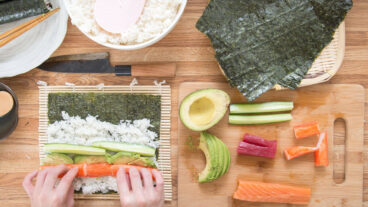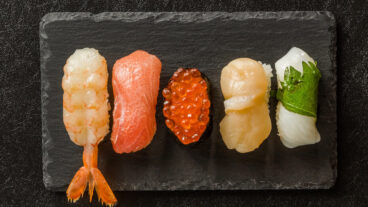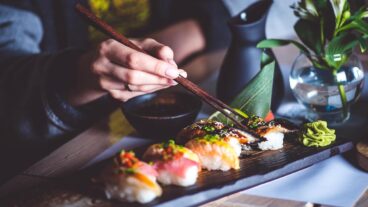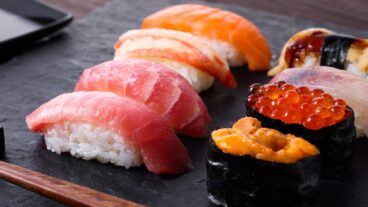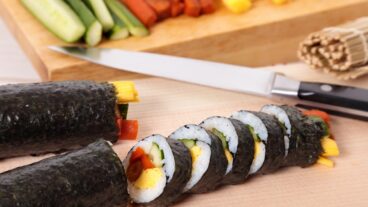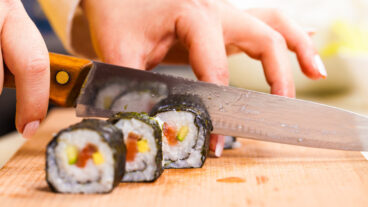Sushi machines, though popular in today’s world, were not very common in years past. And this was not because of expensive pricing or developmental problems. The biggest issue with the use of sushi machines, worldwide as well as in Japan was the reluctance to change and adopt new methods and ideas.
Today, we will be taking a look at the issues surrounding the format of this mindset as well as what it took to overcome this barrier and how sushi became one of the most celebrated forms of cuisine, not just in Japan but the world over.
Quick Navigation
Japan’s Stance on Rice Production
While rice is a staple part of the Japanese diet, post World War 2, with the influx of international especially western culture, rice became a less prominent part of the Japanese diet, with bread and other alternatives integrating themselves into the Japanese palate. French, Italian and Indian influences strongly affected the culture, as did some Arabic influences too.
As the demand for rice, dwindled, the rice farmers found themselves with an excess of rice. This excessive rice production built up over years upon years, until finally, in 1969, the Japanese Ministry of Agriculture, Forestry, and Fisheries stepped in and placed restrictions on the amount of rice that could be produced in the country. This came as a massive blow to the large rice farming population in Japan and many suffered greatly because of it.
Sushi Machine: A solution to a problem
It was in the wake of this problem that a Japanese man by the name of Kisaku Suzuki chose to delve deep into the situation and find a solution. Kisaku Suzuki was distressed at the rapid fall in Japanese rice production, something he had considered to be a deeply rooted part of the Japanese culture was now being stripped away. He wanted to make a change, one that would re-establish a need for increased rice production and in doing so, removing the restrictions on rice production in the country.
To address this situation, he considered his options. Clearly the Japanese still loved rice but chose other products over it. But what would be a Japanese dish, if made available to the public at large would be an instant success? And then it hit him. Sushi.
In the past sushi was a dish that was enjoyed only during special occasions and only a handful of times a year. It was a dish that took a painstakingly long time to make in terms of preparation and was enjoyed on a fairly common basis by the rich and privileged.
However, Kisaku Suzuki worked at a Candy factory and used his knowledge of the process to attempt to create a machine that could help produce sushi instead. This idea, however, was met with a storm of criticism from all over the country with several sushi purists and chefs shutting down the idea with straight dismissals, suggesting that sushi made with a sushi machine could never compare to a hand made sushi. After all, it took even the most common sushi chefs, anywhere from 8 to 10 years to master the techniques necessary to efficiently prepare the sushi rice.
However, Kisaku did not give up and kept on reiterating his model again and again, with further and further improvements, based on criticism, good and bad. And after a painstaking process of re-evaluation, redesign, and research, he finally created the world’s first nigiri sushi machine.
In fact, the sushi made by the sushi machine was good enough to placate even the most critical of chefs. After that, sushi machines and technology related to the art of sushi making proliferated itself through Japan and the world, with establishments from private businesses to restaurant chains, hotels and even travel and hospitality providers investing in sushi machines and related equipment.
The process of making sushi was streamlined and cut a lot of the labor costs of making sushi. This led to sushi being something that was much more accessible to the masses and for the first time in history, there was a surge in the demand for sushi. A demand that does not seem to have any intention of stopping as demand for sushi worldwide skyrockets.
In doing so, the government saw a substantial increase in the demand for sushi and in turn a huge increase in the demand for rice which led to the administration removing the restrictions upon the production of rice across the country. The plan was a success and it sent ripples across the culinary world.
Development of the Sushi Machine
Over time, the sushi machines did not stay the same but were constantly improved upon with investors seeing the potential in the device and employing R&D teams to improve upon the sushi machines even further and create variations. These variations of the sushi machine gave the device much more fluidity and allowed it to cement its position as a machine capable of a lot more diversity and applications in the market for food production.
Our own sushi machine line features a wide range of dedicated devices including nigiri sushi machine, maki sushi machine, onigiri sushi machine and more. This sushi machine line up has been created with the utmost care from the ground up to address some of the issues faced by previous iterations of the models by various producers, to bring forth a combination of ingenuity and familiarity.
If you wish to become a part of the ever-expanding Top Sushi family and purchase your very own sushi machine, please do feel free to peruse our sushi machine lineup as well as the rice processing accessories.
Our sushi machine experts are always available to help you find the sushi machine that is best suited for your business and its individual needs. If you wish to contact us, feel free to do so through our Contact Page.


